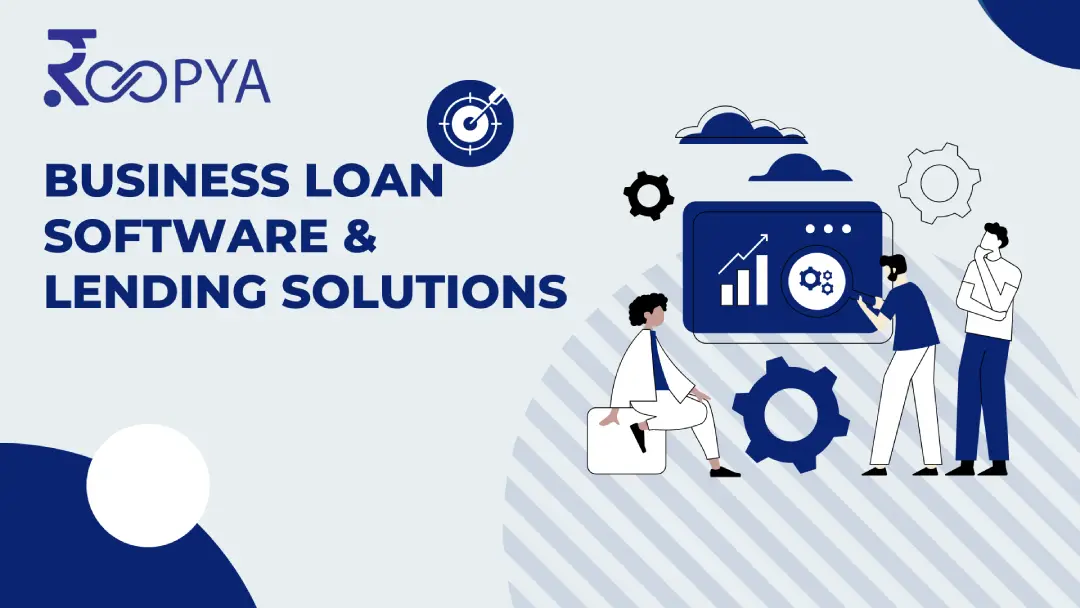| Loan Origination System (LOS) |
Automates the intake, processing, approval, and closing of business loan applications. Tailored workflows are designed to handle various types of loans, accommodating the specific needs and complexities of different business entities and lending products. |
| Credit Scoring and Risk Assessment |
Employs advanced models to analyse financial health, credit history, and repayment capacity. It considers business-specific factors such as industry position, market dynamics, and operational risks, alongside traditional credit scores and financial statements. |
| Underwriting and Decisioning |
Comprehensive assessment through financial data aggregation, including cash flow analysis, balance sheets, and profit and loss statements. Evaluates legal standings, director histories, and any legal disputes that may impact creditworthiness. |
| Document Management |
Secure, centralized storage and management of all documentation related to the loan, including business registration documents, legal documents, and contracts, with features for version control and access management to ensure compliance and data integrity. |
| Compliance Management |
Ensures strict adherence to financial regulations, including AML, KYC, and other business loan-specific regulations. Includes tools for assessing and documenting compliance with laws governing business operations, financial transactions, and cross-border lending. |
| Customer Relationship Management (CRM) |
Enhances borrower relationships through integrated communication channels, personalized service offerings, and support throughout the loan process. It collects and utilizes customer feedback and interaction data to improve service delivery and customer satisfaction. |
| Real-Time Analytics and Reporting |
Provides detailed analytics on loan portfolio performance, risk profiles, market trends, and operational efficiency. Enables predictive modelling for future lending opportunities and risk management strategies. Includes regulatory reporting capabilities. |
| Disbursement Management |
Manages the release of funds with multiple channel support, ensuring timely and secure disbursement to businesses. Includes mechanisms for disbursement tracking and confirmation, enhancing transparency and trust between lenders and borrowers. |
| Environmental, Social, and Governance (ESG) Assessment |
Evaluates businesses based on ESG criteria, assessing the environmental impact, social responsibility, and governance practices of borrowing entities. This is increasingly important for compliance and risk management in sustainable financing. |
| External Environment Analysis |
Analyzes factors outside the business’s control that could affect its ability to repay the loan, such as economic trends, industry-specific challenges, and geopolitical risks. Provides a comprehensive view of potential external risks to loan repayment. |
| Director and Management Analysis |
Reviews the history and performance of a business’s directors and key management personnel, including past business ventures, credit history, and any legal issues, to assess management quality and the potential risk it poses to loan repayment. |
| Legal Dispute and Litigation Check |
Identifies any ongoing or past legal disputes involving the business or its directors, which could impact the business’s financial health or reputation. Includes checks against databases of legal actions to ensure comprehensive risk assessment. |
| Payment and Collateral Management |
Tracks loan repayments and interest, manages collateral valuation and liquidation processes, and ensures accurate accounting and risk mitigation throughout the loan lifecycle. |
| Regulatory Reporting |
Automated generation and submission of detailed reports for regulatory compliance, tailored to meet the requirements of specific financial authorities and standards, ensuring transparency and accountability in business lending practices. |


